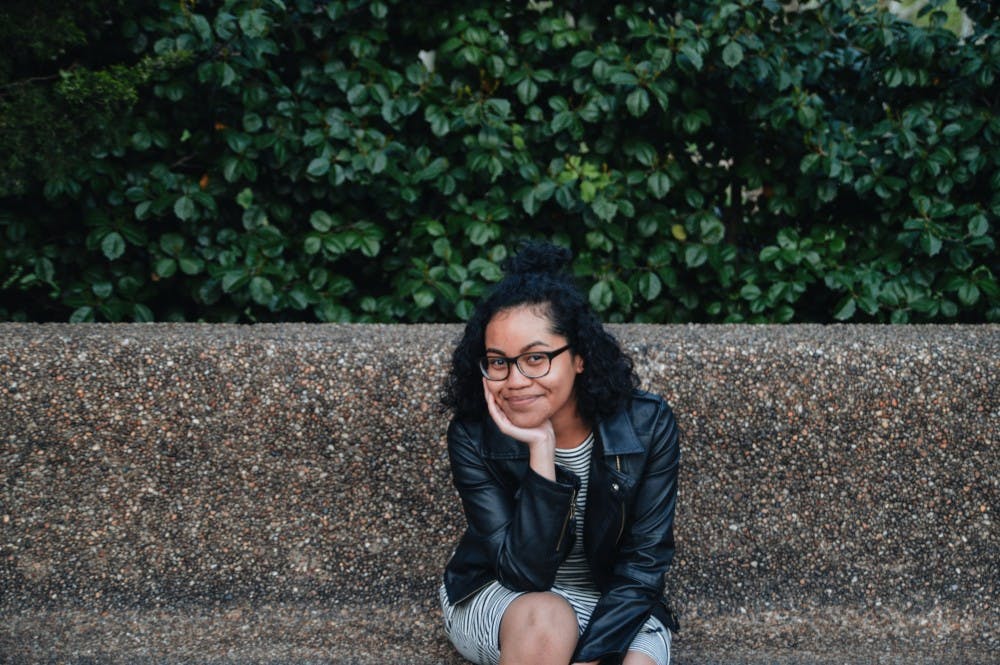TW: This article contains links to disturbing imagery that may be harmful to you.
In wake of recent incidents involving police brutality and the unnecessary deaths of Black people, information spread quickly across different social media platforms. The time in between Alton Sterling’s death on July 5 and Philando Castile’s death on July 6 was less than 24 hours. In this incredibly short period, photos and videos circulated the Internet rapidly. A quick Google search for either of the two men’s names immediately displays the word “video” next to it in the result suggestion. Upon viewing the search results, many of the visuals are extremely disturbing and graphic in nature. The mass circulation of these visceral images beg the question: does sharing media of slain Black people encourage positive change? Or is it counterproductive and traumatic to members of the Black community?
As in many circumstances, the answer lies somewhere in the middle. The intentions behind sharing this kind of content are generally good; activists believe that exposing the true horrors of America’s law enforcement will motivate the larger population to take action. However, the trouble with this logic is that it assumes everyone who sees an image of a Black corpse doused in blood will be appalled and inclined to protest.
People who believe in revealing the truth behind what really goes on in America through graphic imagery probably didn’t expect to see the dead body of Alton Sterling, arms outstretched and eyes rolled back, on a major news outlet. This week, New York Daily News unveiled a highly disturbing and disrespectful cover that depicted Sterling minutes after he was murdered by a police officer in Baton Rouge, Louisiana for selling CDs. The headline boldly reads: “His hands were empty.” But the impact of this cover says so much more than the tragic truth that Sterling was unarmed.
Photographing dead bodies in contemporary America is considered a taboo. Undoubtedly, photos of dead bodies exist and it is not unheard of that a magazine has gotten their hands on said photos with the intent to publish them. It remains, nonetheless, culturally insensitive to circulate images of dead people, especially when they have been brutally murdered. So why did the New York Daily News editors think it would be a good idea to depict Sterling, a father of five and beloved neighbor, as a bloodied shell of the person he once was 5 minutes before?
Less than 24 hours after Sterling was murdered, another video surfaced of a murdered Black man at the hands of a trigger-happy police officer. Set in Falcon Heights, Minnesota, girlfriend Diamond “Lavish” Reynolds shakily holds her phone in front-facing camera mode. As she pans over to the body of what was once her boyfriend, Philando Castile, she calmly says, “Officer, please don’t tell me he’s dead. Please, no! Don’t tell me he’s gone, Lord.”
While this video was filmed to preserve the safety of Reynolds and her four-year-old daughter, sitting in the back seat when the shots were fired, I am still uneasy about its mass circulation. There is something unsettling about seeing many of my non-Black friends sharing the video, because it feels like America’s collective indifference toward the lives of Black people is being shoved in my face. I know none of this is true and I’m sure the intentions of non-Black people are not to personally offend me. Regardless, this is still a question that has continued to rattle around in my skull.
I’m still not sure if I believe that sharing these images means that we’re desensitizing ourselves, or if it means we are merciless in our methods of consciousness-raising. There is no easy, painless solution for dealing with police brutality in our country because this is not a light subject. The senseless killings of unarmed, innocent Black people is deeply rooted in our country’s history and is still clearly prevalent today.
We make progress when we remember that we are not the only ones advocating for change. A movement consists of many individuals, each with their own suggestions, ideas and lists of triggers. To prevent spreading trauma among the Black community, there are ways to censor the images and videos when people first click on a post. If someone is interested in viewing the hidden content, as Google’s popular searches would suggest, they can click on it and be able to see it. By adding a bit of censorship to the media we share, we can still spread our disgust for the murders in a way that is still cognizant of other people’s mental health.
There may be people on your social media who believe that sharing graphic images will awaken the humanity in people chanting “All Lives Matter.” However, there are certainly many Black people who experience second-hand, maybe even first-hand, trauma from viewing this triggering content. Fighting for justice was never meant to be sugar-coated, but it doesn’t hurt to be mindful of other people’s mental health in the process.
Nobody has the ability to end police brutality overnight, because if we could, we would have solved it decades ago. Moving forward, we need to remember that compassion is one of the most crucial virtues that we must cultivate in times like these.
Shelby Moring is a sophomore in the College of Arts and Sciences and a columnist for The Eagle.





